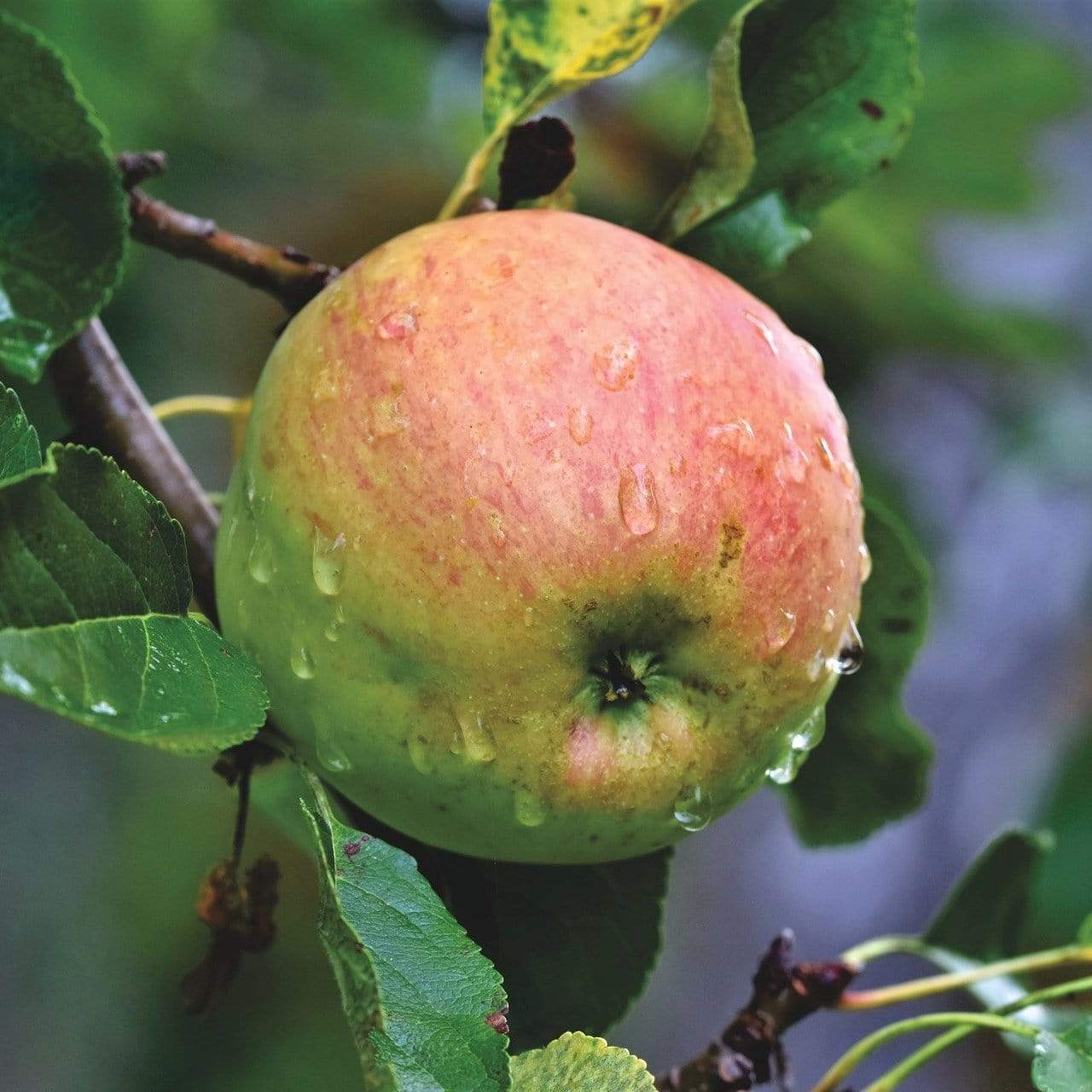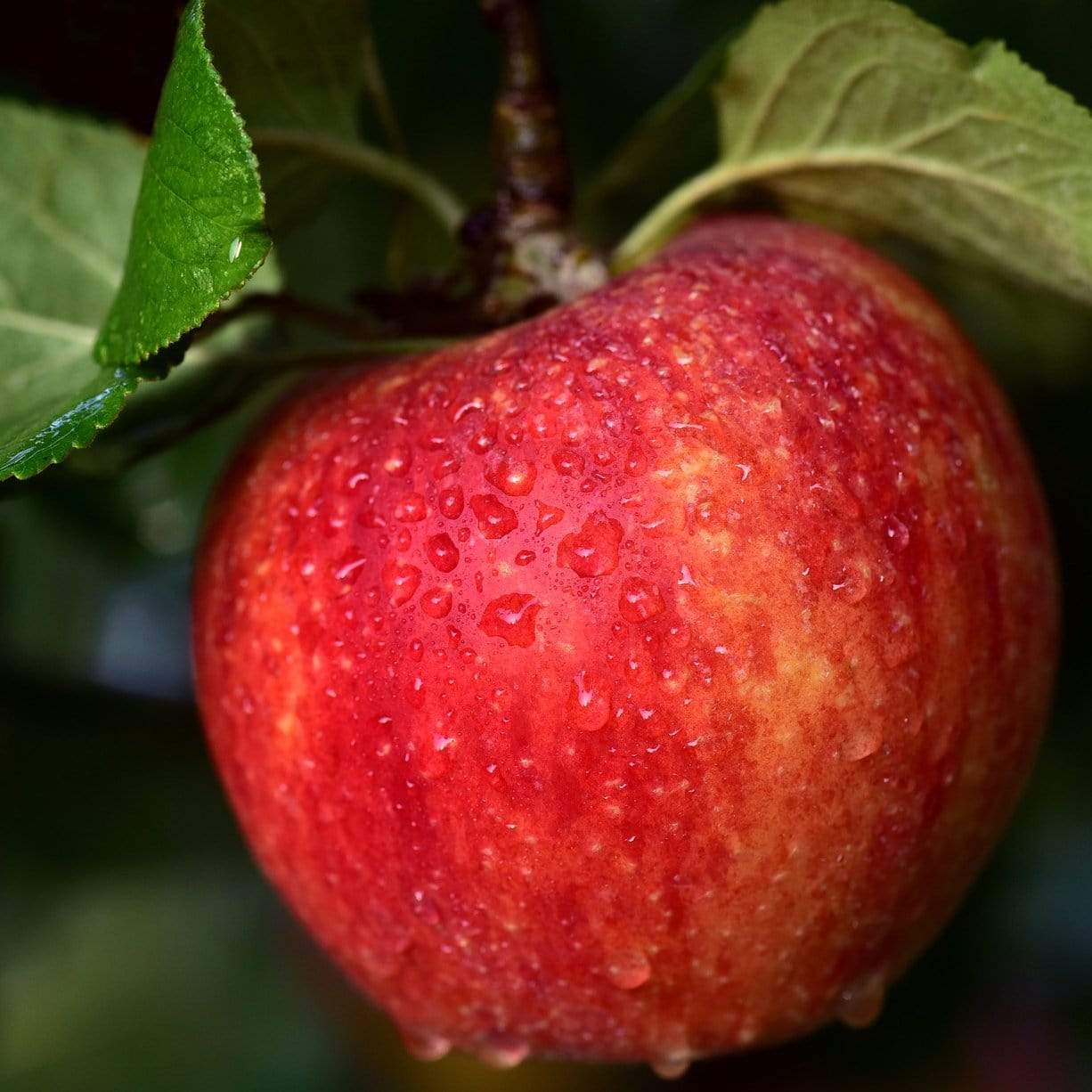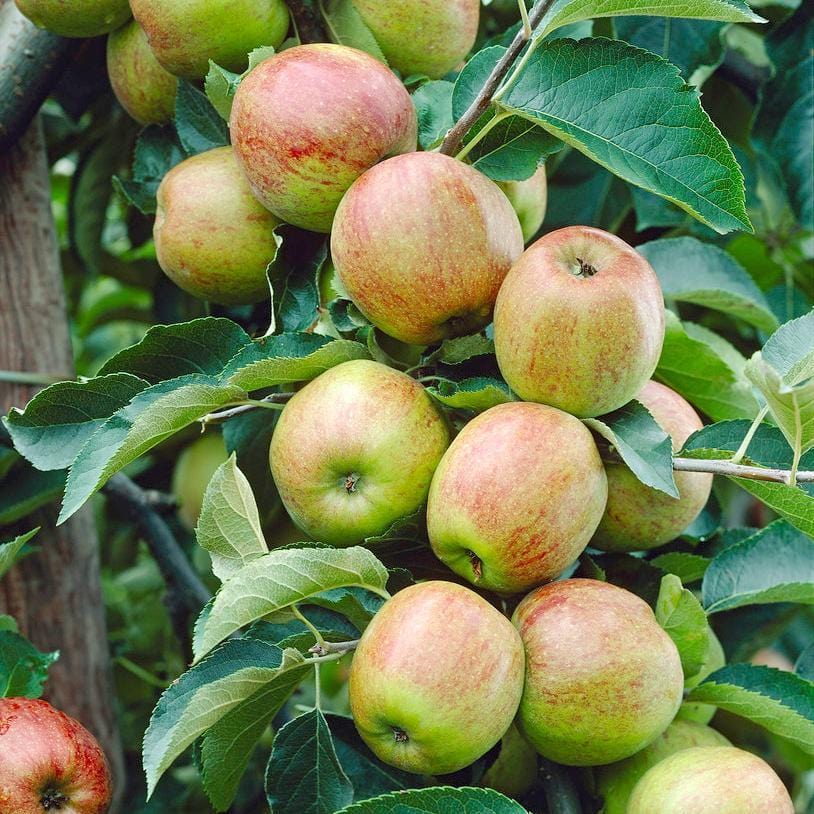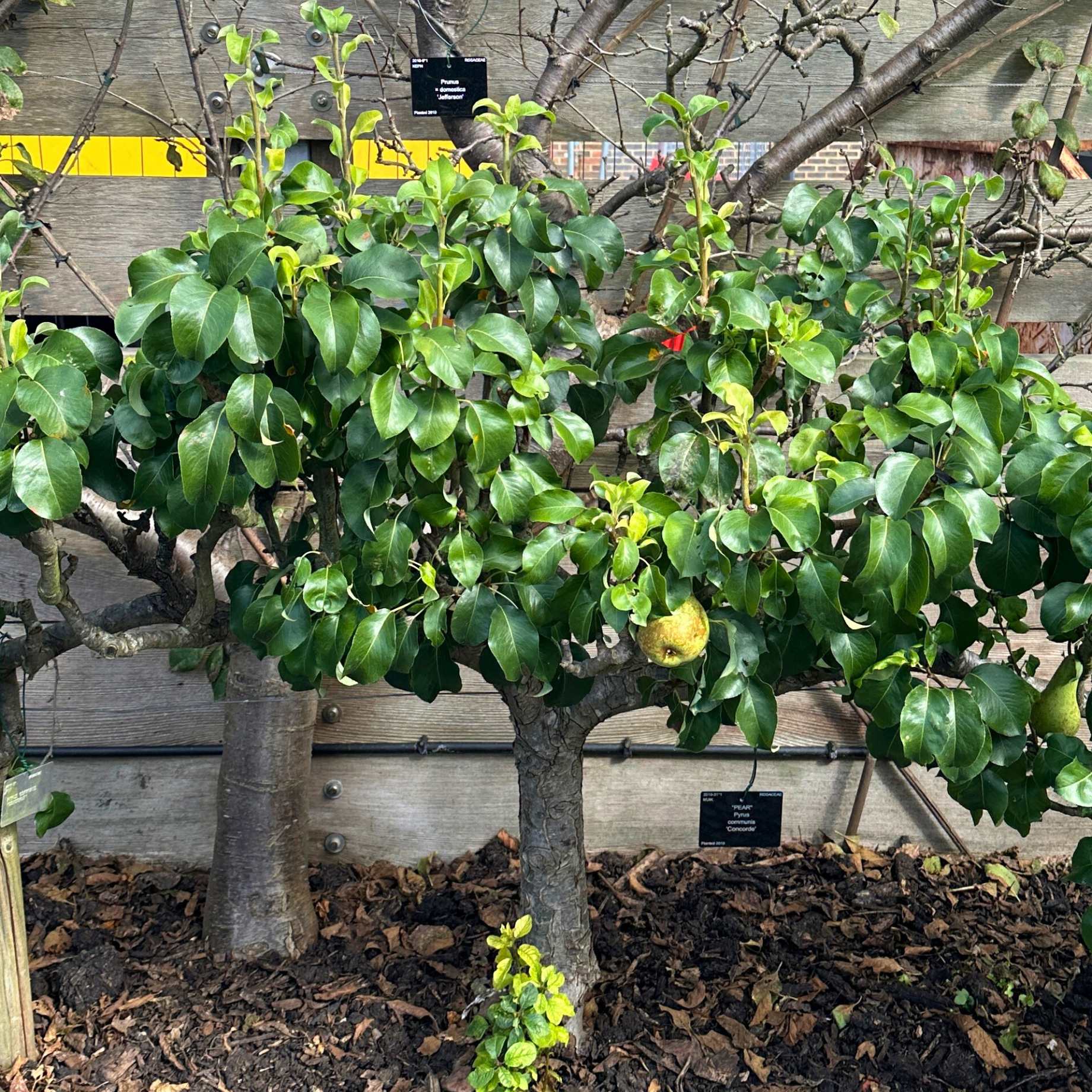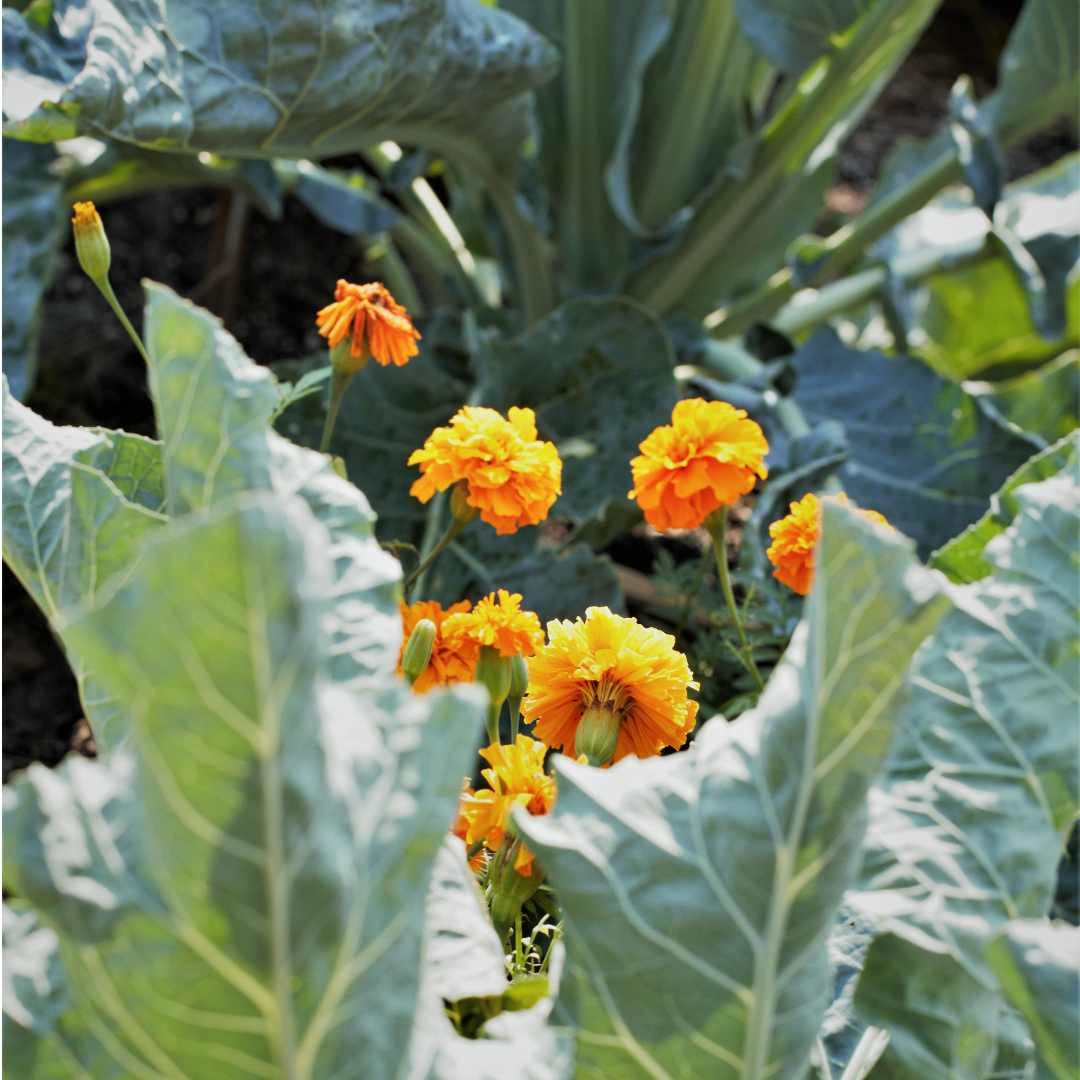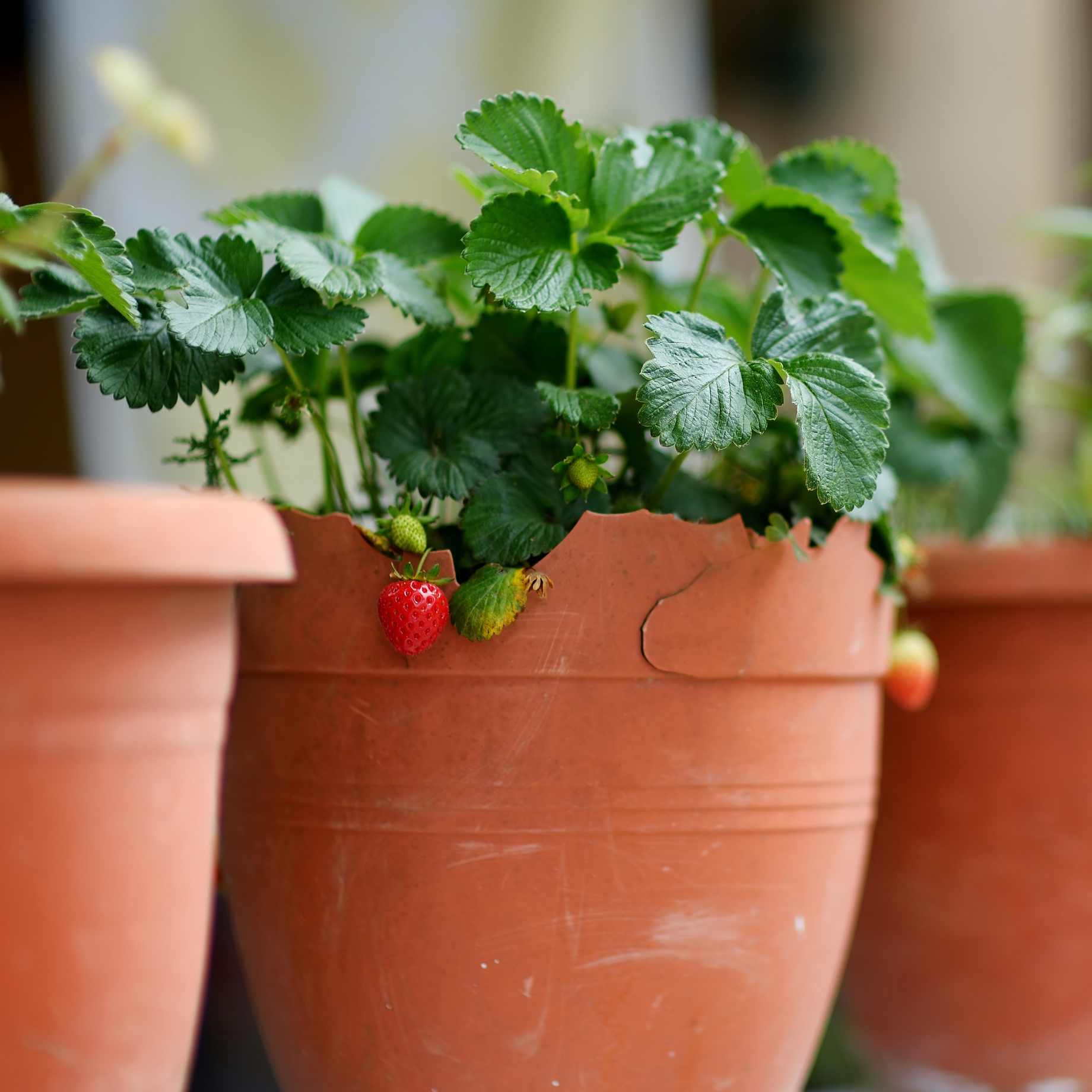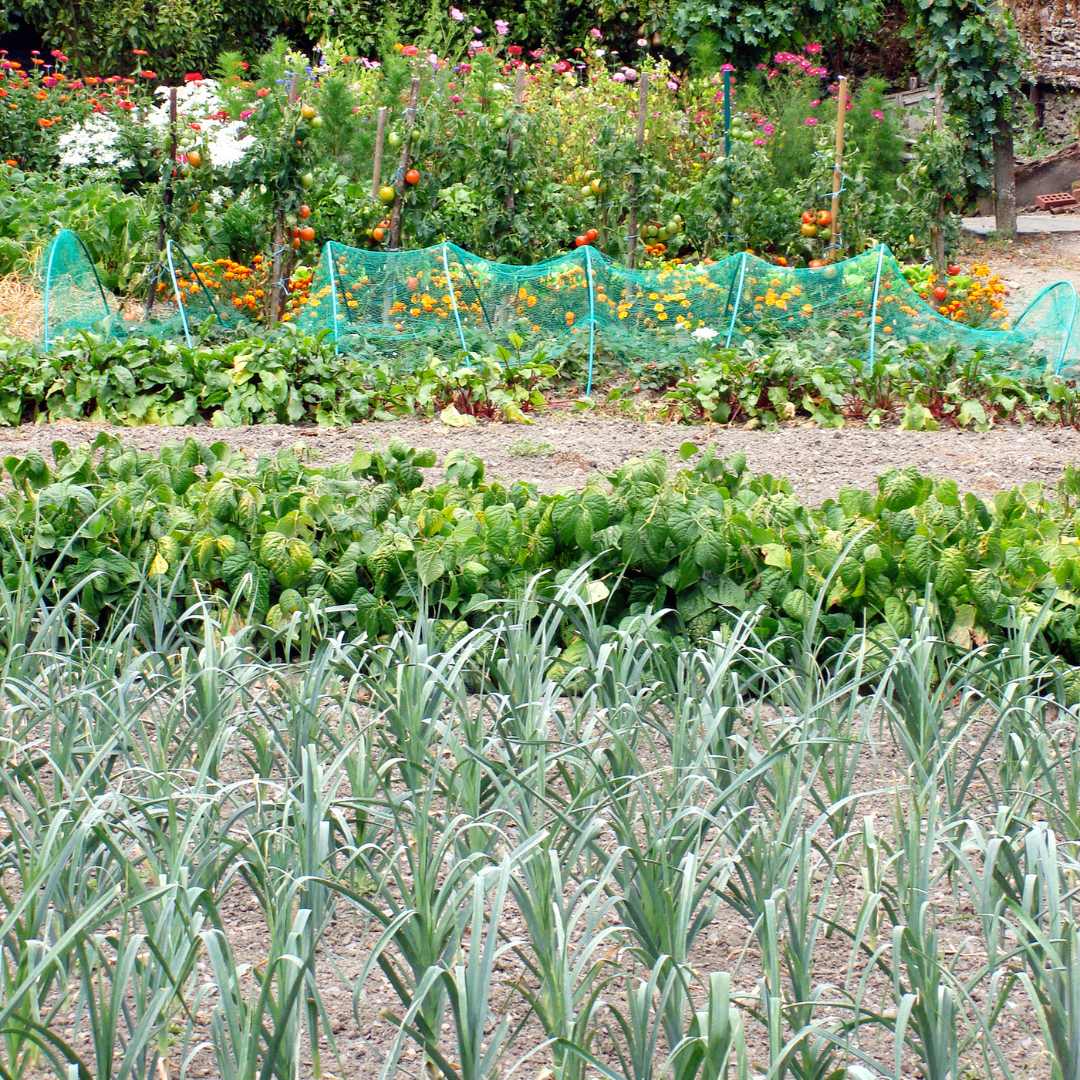The highlights
- Nutty, tangy flavour which sweetens (dual)
- Award-winning heritage variety
- Use to make a creamy puree or eat fresh
- Harvest from October (keeps for two months)
Description
- RHS Award winner.
- First planted in Woodstock, near Blenheim Palace in Oxfordshire, 1740.
- Cooks down to a perfect puree with real body. For best results, cook from early October onwards.
- For eating fresh, allow to ripen for a month or so longer to develop a sweeter flavour.
- Late Harvest, Oct/Nov – Keeps for up to 2 months.
- Max size H3m x W3m Despite being a naturally vigorous tree, when growing Blenheim Orange on a M26 you can restrict to a much more manageable size. Lefts to its own devices it would grow to 10m+.
- Not self fertile – Pollination Group 3 Requires pollinating by another apple tree within a mile’s radius. They need to flower at the same time. Apples in the same pollination group, or one either side, can pollinate each other. In built up areas it is unlikely that there won’t be a suitable pollinating partner within a mileMORE
- Biennial – fruit requires thinning every other year Biennial trees fruit really heavy one year then much lighter the year after, on two year cycles. There can often be too much fruit in the first year, so you should thin (remove) some to take the weight off the branches, or they can snap. In the second year, you may get a disappointing crop.MORE
- Our potted trees are supplied in EcoPots™. Eco pots use 70% less plastic and are fully recyclable, unlike normal single use pots. They flex and so produce less root spiralling and travel better in the post.MORE
- Our trees are usually between 18 and 36 months old at the time of dispatch.
- Our trees are professionally pruned before dispatching. This formative pruning can involve cutting the main leader, if the expert tree growers decide this will produce a better shaped tree. This can stop the tree becoming “leggy”, and promote stronger, bushier growth.MORE

